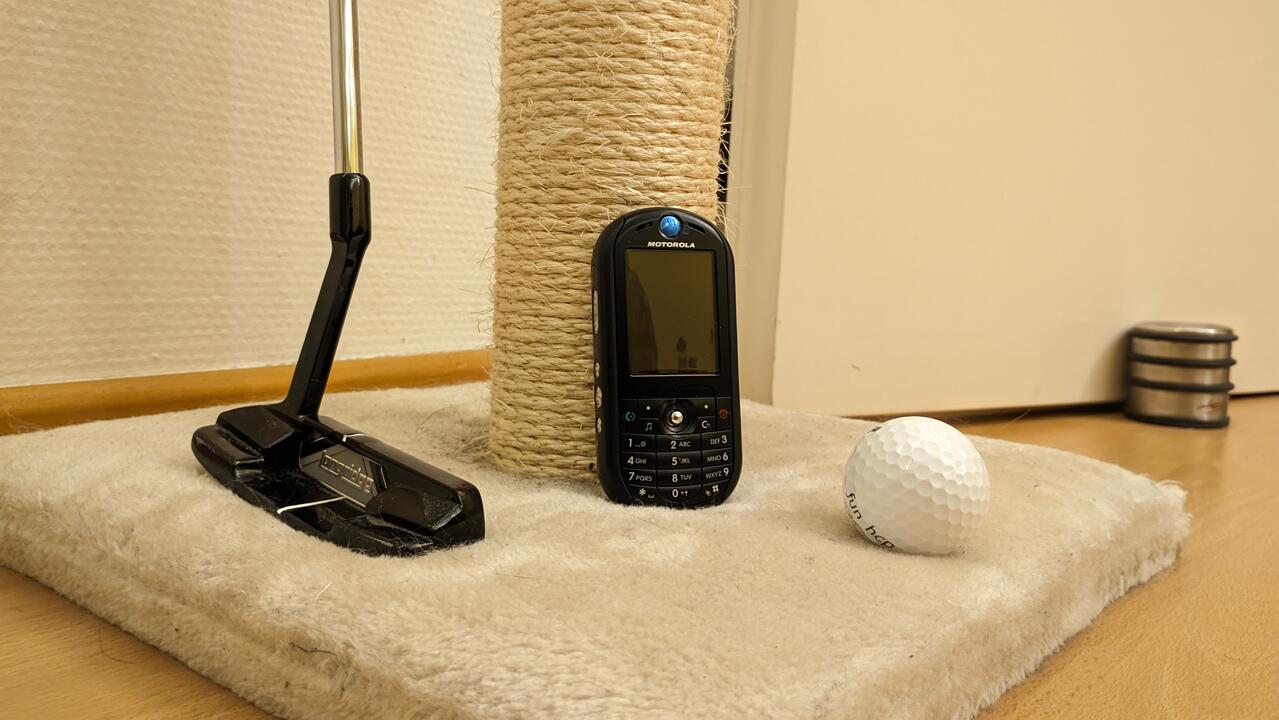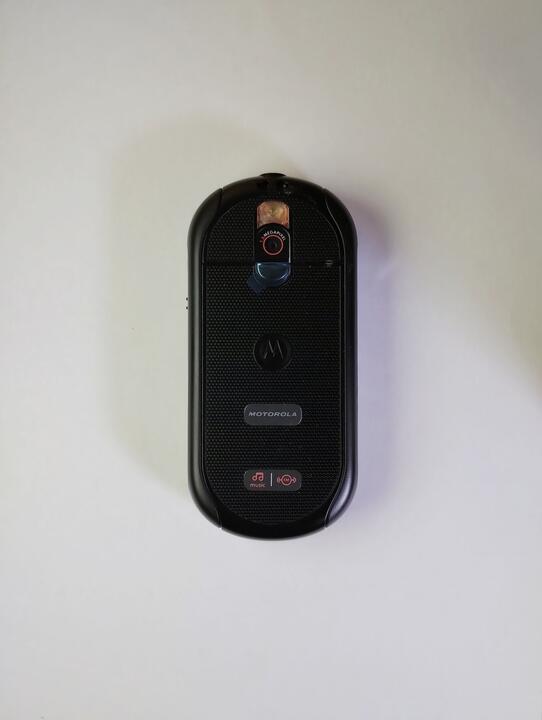Motorola ROKR E2
Status: 🟢 fully functional
In the mid-2000s, we wanted to get the most out of our phones—not just what the vendor deigned to offer from the height of their production line, but what the devices were actually capable of. Smartphones held a special position in this worldview, although the term itself feels somewhat out of place when applied to button-based mobile phones.

Many people, especially in English-speaking circles, tend to think that smartphones started with the iPhone. At a recent exhibition, I had to explain to visitors that the concept of a “smartphone” emerged much earlier—its first use was in reference to the Ericsson R380i. In my view, the definition of a smartphone would be something like this: a terminal for GSM/GPRS/HSDPA networks equipped with an operating system that allows the installation of third-party native software written using the same SDK as the vendor’s own software. A bit bulky, sure, but it helps convey the point that the iPhone was by no means the first shiny wonder on the scene.
So, smartphones! If a device has buttons, a color display, decent sound, some sort of processor, RAM, and a fairly common OS, then you’re not just buying a phone and an MP3 player in one—you’re also getting a pocket cinema, and possibly even a gaming console. The anticipated arrival of Linux on mobile phones theoretically meant that mountains of existing software could be ported over, if not effortlessly, then at least without major suffering. That, in part, tipped the scales for me in favor of buying the Motorola ROKR E2, even if it was a gray-market model. But what really attracted me was its music capabilities.
To start with, it was the first commercial button-based phone in history to have a headphone jack built directly into the body. That meant no more adapters! And if your headphones didn’t have a mic—no problem; you could just talk into the phone itself. I’m not sure about a dedicated DSP, but there were definitely software-based audio enhancements, like Motorola’s proprietary Spatial Audio technology. The ROKR E2 combined with Koss Porta Pro headphones sounded noticeably better than competitors, even if not as loud as the iPod.
Another cool music feature was the built-in playback control buttons. Once again, no need for extra dongles or attachments to use the player as intended—and that’s just insanely satisfying. I often miss this in modern smartphones. The buttons were large and easy to find in your pocket on the go.
A third advantage—one that no competitors had—was support for full-sized SD cards. At the time (or maybe even a bit earlier), digital point-and-shoot cameras were becoming trendy, and they often used this exact memory format. That made SD cards both cheap and widely available. And the cherry on top? The SD (not SDHC) format had an addressable space of up to 4 GB, while MicroSD was limited to just 2 GB at the time.
Bonus: FM radio. For some reason, Motorola long ignored this music medium, despite the fact that, once upon a time, radio receivers were a major part of the company’s business.
After enthusiasts unlocked the full potential of the phone—namely, by starting to port Linux software—tools like MPlayer, ScummVM, ZSnes, Rockbox, and maybe even Doom became available. My own efforts were limited to writing bash scripts over Telnet, but even that was pretty exciting.
🇺🇦 HELP US HELP OTHERS, SAVE ANIMALS IN UKRAINE
Site map | Powered by crew | © 2025 TiredSysadmin
All photos from Vintage Cellphone and PDA Museum by TiredSysadmin are licensed under Creative Commons Attribution-NonCommercial-ShareAlike 4.0 International.

